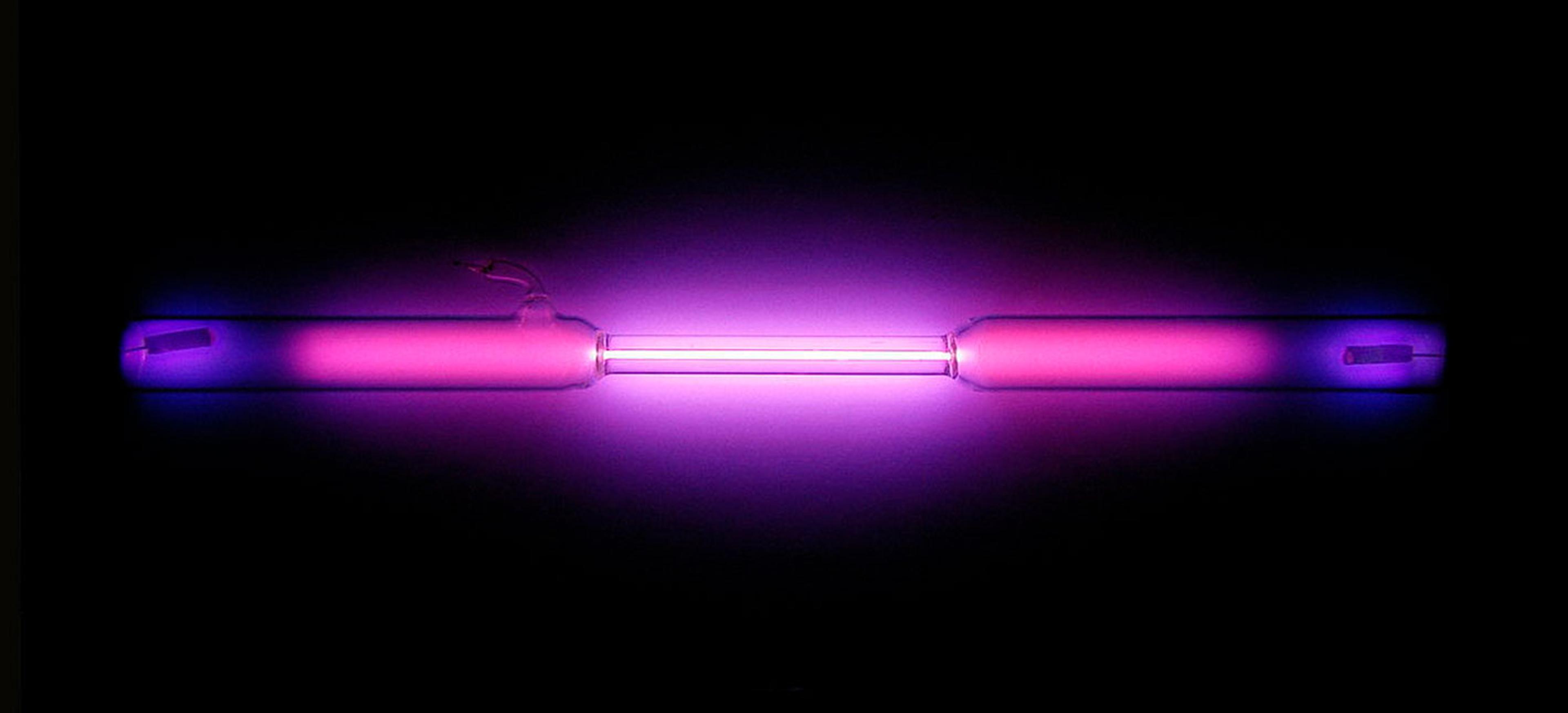Utilizing Argon Gas in Additive Manufacturing
The word argon itself comes from a Greek word meaning ‘inactive’ as the element undergoes almost no chemical reactions.

In Chapter 3, we mentioned the need for an inert atmosphere when printing with metal powders to avoid combustion and eliminate oxygen from the environment. In this chapter, we will talk a bit about our favorite gas, argon.
Our atmosphere is composed of 78% nitrogen, 21% oxygen and less than 1% argon. Nitrogen seems like a good choice for a controlled environment. It can displace oxygen, is not flammable, and since nitrogen is 88 times more abundant than argon, the energy to produce a pound of nitrogen is 88 times less than the energy to produce a pound of argon. In fact, it’s probably cheaper to buy a nitrogen gas generator than it is to pay for shipping and delivery of bottled nitrogen gas. The problem is that while nitrogen meets the needs for removing oxygen, it’s not suitable for manufacturing with metals since the nitrogen gas can result in contaminants in the build including the formation of nitrides—in other words, a completely different material than what you want.
Therefore, a true noble gas, argon is needed. The word argon itself comes from a Greek word meaning ‘inactive’ as the element undergoes almost no chemical reactions. Consequently, argon provides an ideal environment for building parts in titanium. Why not print in a vacuum? Well it turns out that is part of the 3D printing process too. On our Renishaw additive manufacturing systems, a vacuum is first created around the build environment to remove any air and humidity from the chamber. Once complete, the build chamber is then filled with approximately 600 liters of high purity argon to flush out any other contaminants.

However, just because argon is colorless, odorless, tasteless, and non-toxic, it’s not harmless. Since it is denser than regular air, it can displace the oxygen in an enclosed area, asphyxiating anyone inside. All PrinterPrezz manufacturing facilities have semiconductor clean-room grade oxygen sensors and other environmental quality sensors to ensure the safety of our team, as well as ensure the quality of our manufacturing.
With a blended workforce of clinicians and engineers, PrinterPrezz brings advanced medical manufacturing—or Medifacturing™—to innovators. PrinterPrezz is the only 3D Medifacturing company in the San Francisco Bay Area that’s ready to develop and contract manufacture your prototypes and medical devices with titanium 3D printing. We take care of the safety and technical challenges so that your engineers can focus on the CAD designs.
This blog is provided for general informational purposes only. The information in each post on this blog (collectively, “Information”) may be changed at any time without notice and is not guaranteed to be complete, correct, or up-to-date and may not reflect the most current developments on the topics covered. The Information is protected by United States and international copyright laws and may not be reproduced, distributed, transmitted, cached or otherwise used except with the prior written permission of PrinterPrezz.
THE INFORMATION IS PROVIDED TO YOU “AS IS.” YOUR ACCESS TO AND USE OF THE BLOG IS AT YOUR OWN RISK. TO THE EXTENT PERMITTED BY LAW, PRINTERPREZZ DISCLAIMS ALL CONDITIONS, REPRESENTATIONS AND WARRANTIES, EXPRESS, IMPLIED, STATUTORY OR OTHERWISE, INCLUDING ANY WARRANTIES OF MERCHANTABILITY OR FITNESS FOR A PARTICULAR PURPOSE. PRINTERPREZZ DISCLAIMS LIABILITY FOR ANY DAMAGES, INCLUDING BUT NOT LIMITED TO LOST PROFITS OR INCOME, LOST BUSINESS, OR LOST DATA, OR FOR ANY DIRECT, INDIRECT, CONSEQUENTIAL, EXEMPLARY, PUNITIVE, SPECIAL, OR INCIDENTAL DAMAGES ARISING FROM OR RELATING TO THE BLOG.
